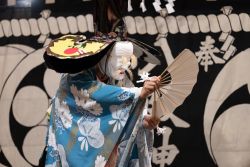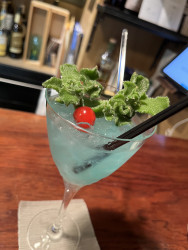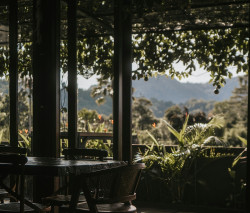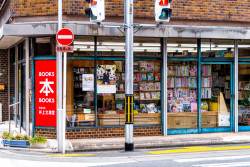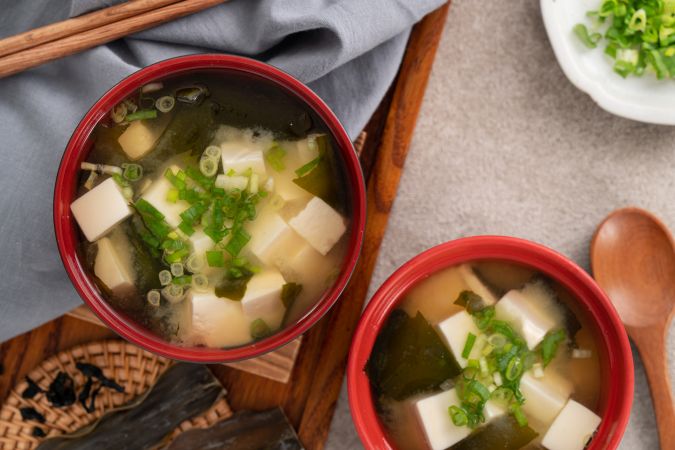
Today’s dining recommendation will make you realize that miso might as well be the honey of the protein world. That is to say, no two taste alike. Then again, you might be inclined to think, it’s just a bowl of soybeans and salt.
That’s how one could best describe hishio, the precursor to miso, brought to Japan from China roughly 1400 years ago. According to Kokoro-JP.com, it was sometime between the Asuka period (592 CE- 710 CE) and the Heian period (794 CE – 1185 CE) that hishio was adapted into a paste form.
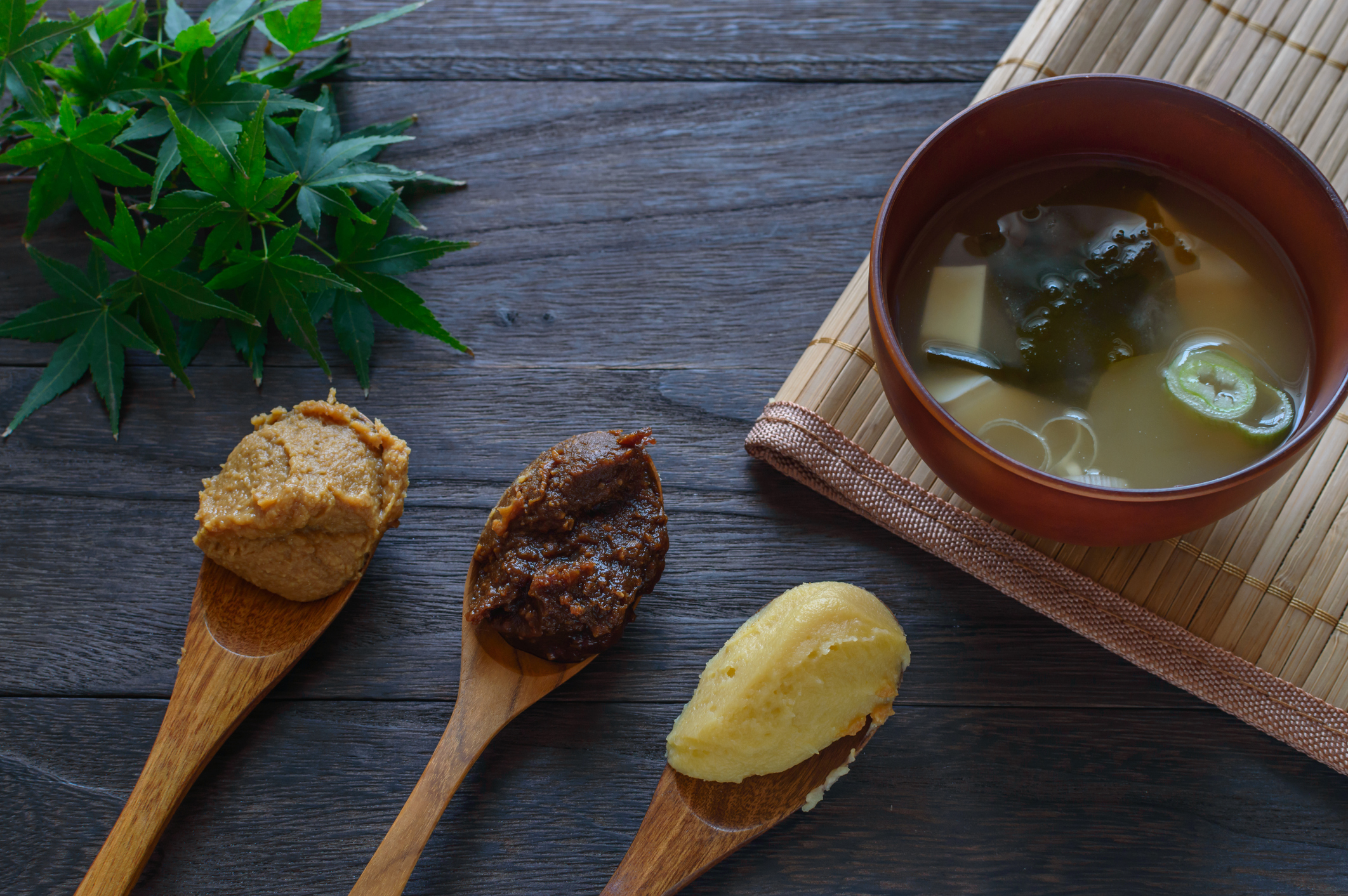
When hishio hit Japan, the fungus Aspergillus oryzae is what was added to soybean mash to jumpstart the fermentation process. That’s the Latin name for what we budding Japanese chefs call kouji. Kouji is so important in Japanese cuisine – not just in miso and soy sauce, but also in rice dishes – that it is dubbed the national fungus. With kouji added into the mix, that’s how miso as we know it was born.
Miso soup, with its umami dashi, or fish and kelp stock, became a hit during the Kamakura period (1185 CE – 1333 CE) as a result of the strong Buddhist influence in daily life. Japantoday.com notes that the phrase ichijuu issai came to reflect simplicity in one’s diet, implying rice, miso soup, and a small side dish.
Fast forward to the present, where miso soup appears with bento and teishoku (set meals) all over the world. But there’s rarely any variety to it unless you’re in Japan and know what you’re searching for.
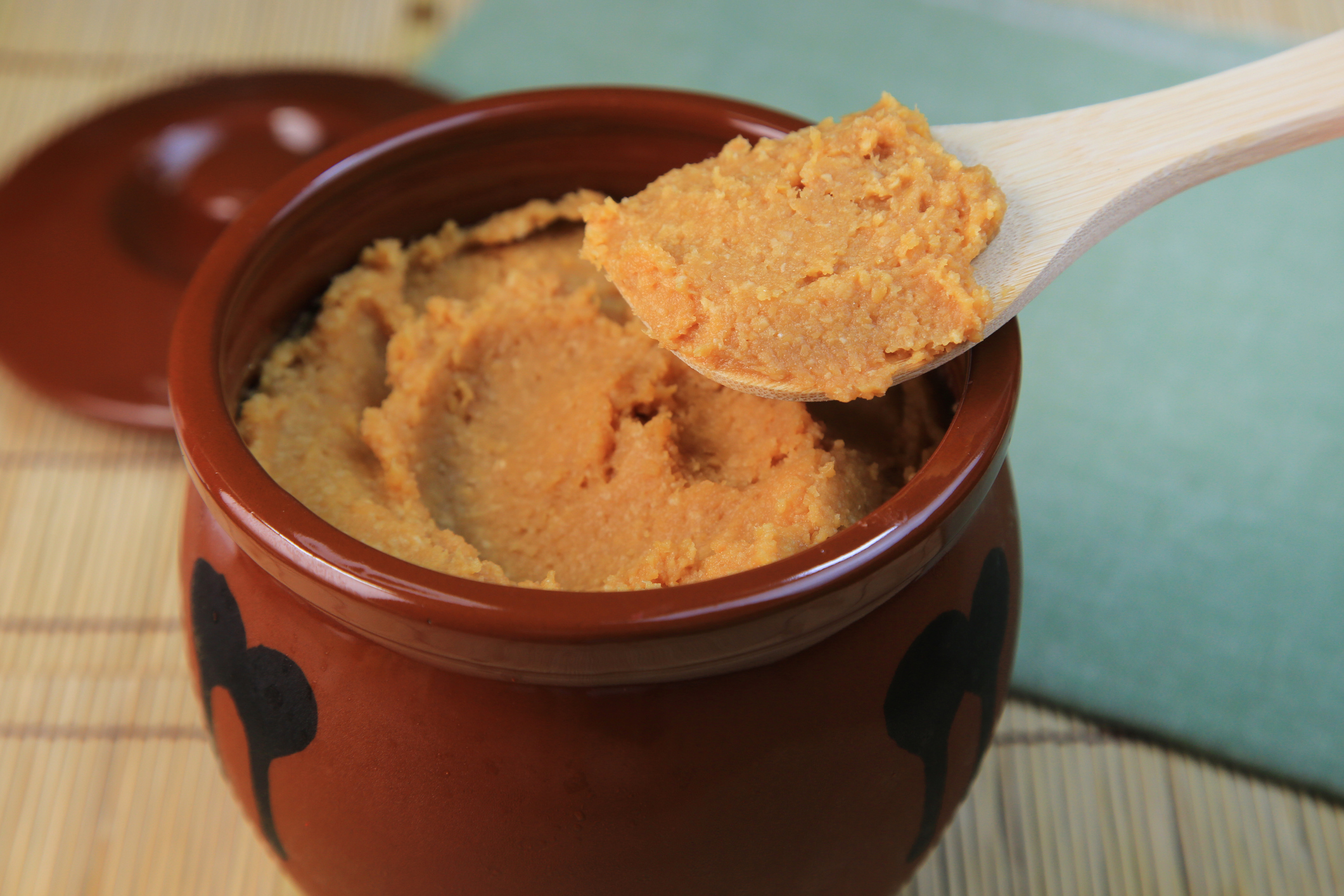
Coincidentally, miso is regaining popularity in Japan, due to the frequently mentioned—and debated—health benefits of soybeans. Studies have proven that soybeans are high in B vitamins, magnesium, potassium, fiber, and all nine essential amino acids, making them complete proteins. They also contain isoflavones, which can potentially ward off breast cancer, and delay osteoporosis. One negative side, though – it is quite high in salt.
That brings us to a little shop called Miso Mebore in the nightclub and embassy-filled Tokyo neighborhood of Roppongi. It’s also the first miso soup store in Japan to specialize in miso from every single one of the country’s 47 prefectures.
Moreover, there are different ways that the miso at Miso Mebore ferments. Per PRTimes.jp, some of the options, called nama miso, still have living bacteria. Others have been naturally fermented in the open air; those are called tenzen jouzou miso. And then there are the miso pastes fermented in wooden barrels, called ki oke jouzou miso.

Some are more fermented than others, a couple are “spicy,” while others are sweet. Ishikawa prefecture’s version adds tomatoes into the mix, while Shimane prefecture’s contribution gives you a little kick.
Although the menu mentions the name of each prefecture’s miso, the key ingredients aren’t always that obvious. For instance, Kumamoto’s type is mysteriously listed as “Earth’s gift.” What does that mean? Let the worker fill you in on the secret meaning. And then there’s Fukui’s “organic miso Japan.” I don’t think you’re paying your copywriter enough.
Regardless of the name, there’s still plenty of history behind every cup of miso soup.
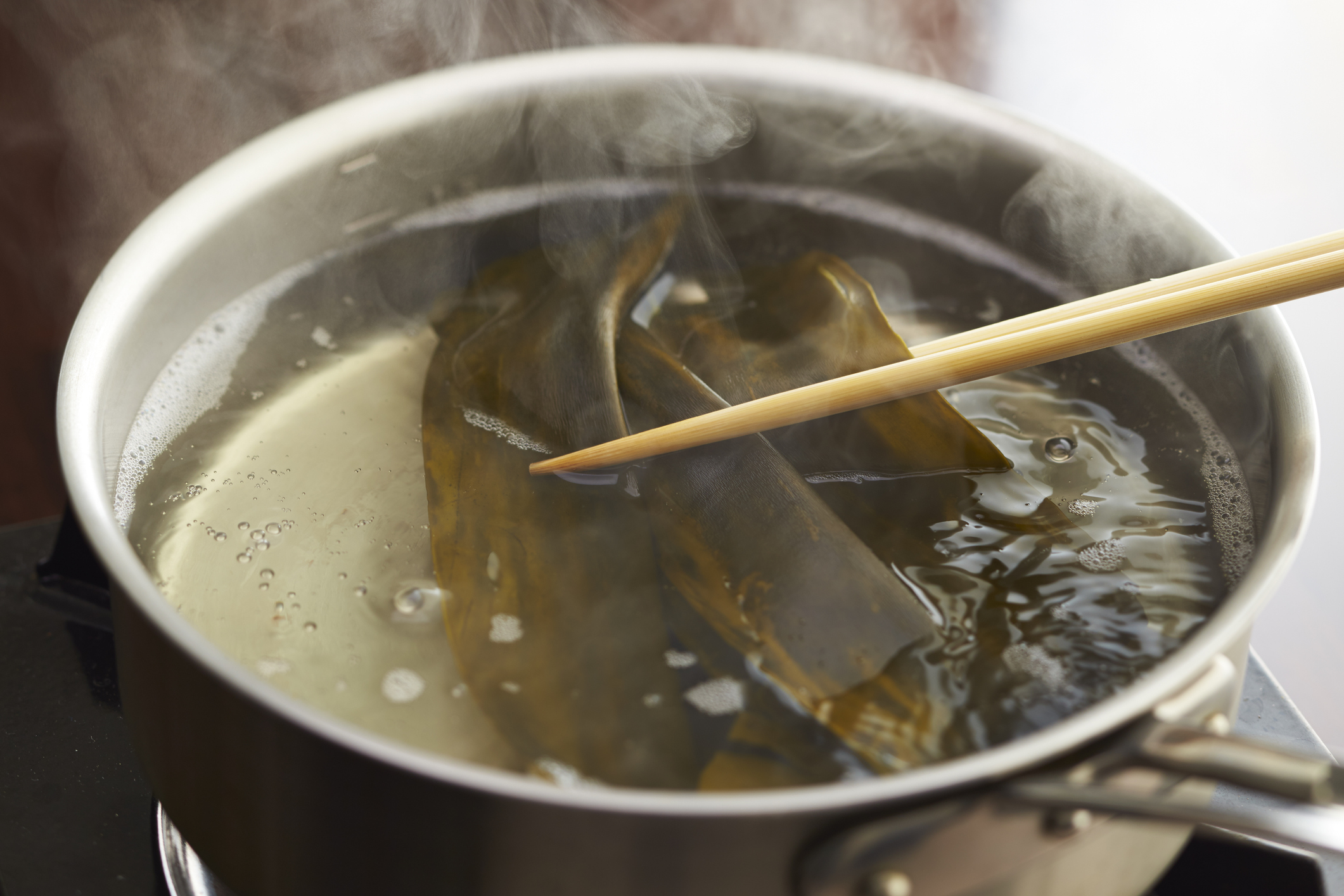
No matter which prefectural style of miso you choose, the standard-issue ingredients to your soup are top flight. The katsuobushi, or dried fermented and smoked bonito flakes—another way to say bonito is skipjack tuna—is actually higher-grade karebushi, or katsuobushi with mold. That specialty comes from Makurazaki City in Kagoshima. And the konbu, or kelp, comes from the volcanic Hokkaido island of Rishiri. As you probably guessed, Rishiri’s mascot is represented by anthropomorphic kelp.
It wasn’t the easiest store to find (street signs aren’t allowed in that area), but it does have some intriguing hours; they’re open daily from noon until 8am (not a typo!), appealing to both the neighborhood’s hangover and commuter demographics.
Before entering Miso Mebore, I suspected that they wouldn’t actually have miso from all 47 prefectures available at the same time. It might even make more sense to not simultaneously offer them; after all, even if the soup is good, you’d want to give extra incentive to return.
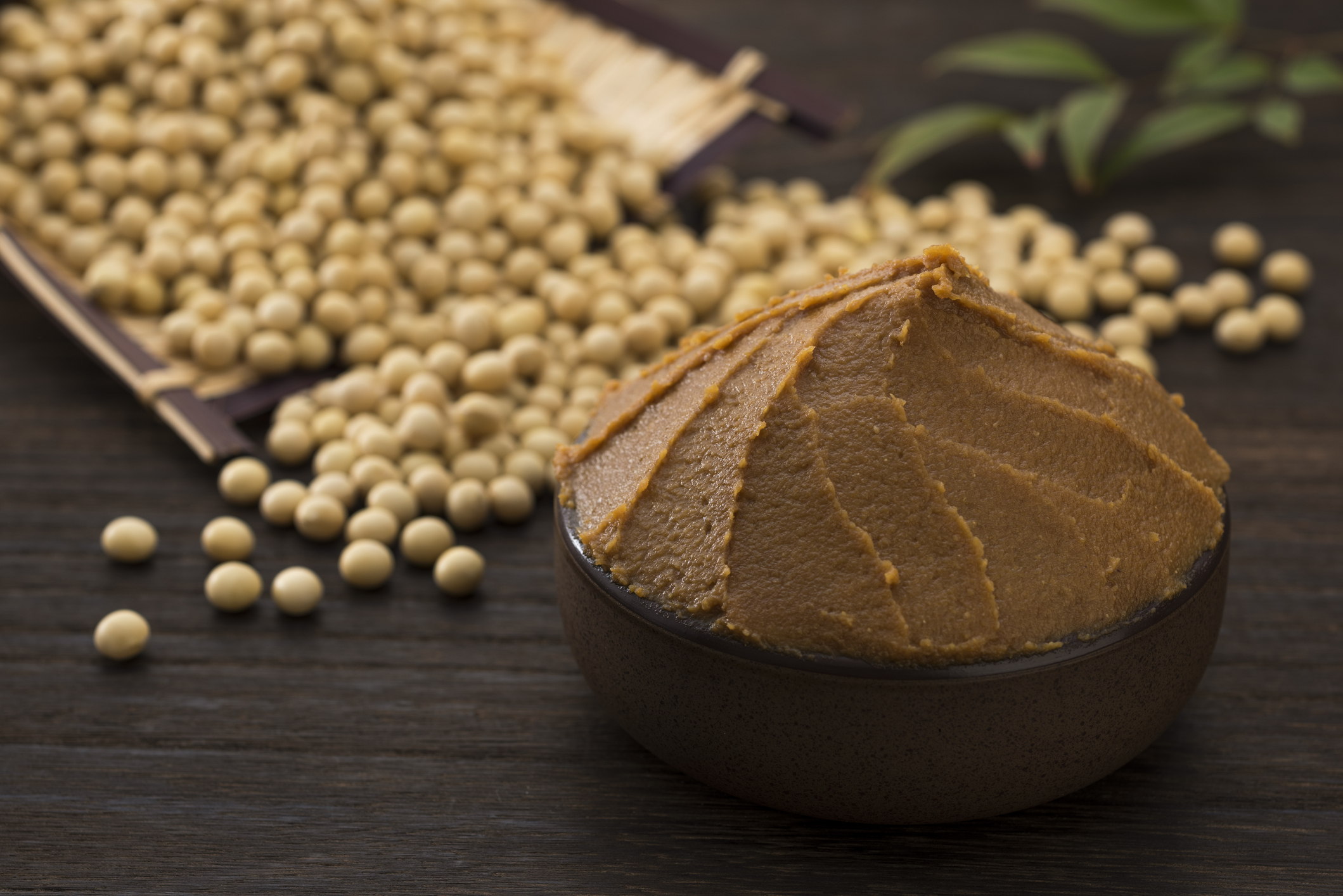
In fact, when I visited, all 47 choices were ripe for the taking, in clearly labeled glass jars. After a quick review of the miso map shown above, I went for miso soup from Ehime prefecture, on Shikoku Island, and from Saga prefecture, on Kyushu Island.
Upon comparing the flavor of both cups, they might as well have not had any relation. I wouldn’t have ever guessed that Ehime’s had any miso in it. And this is what going out and trying new things is all about.
Even if neither miso soup was delicious, it was just one meal in my life. But they were so unique and divergent in taste that I’m left wanting to see how they stack up with other prefectures’ miso varieties. Miso Mebore, if you ever want to arrange a pop-up event in New York, let me know. But try to reduce the salt a bit; you don’t want to make our fast food blush.
